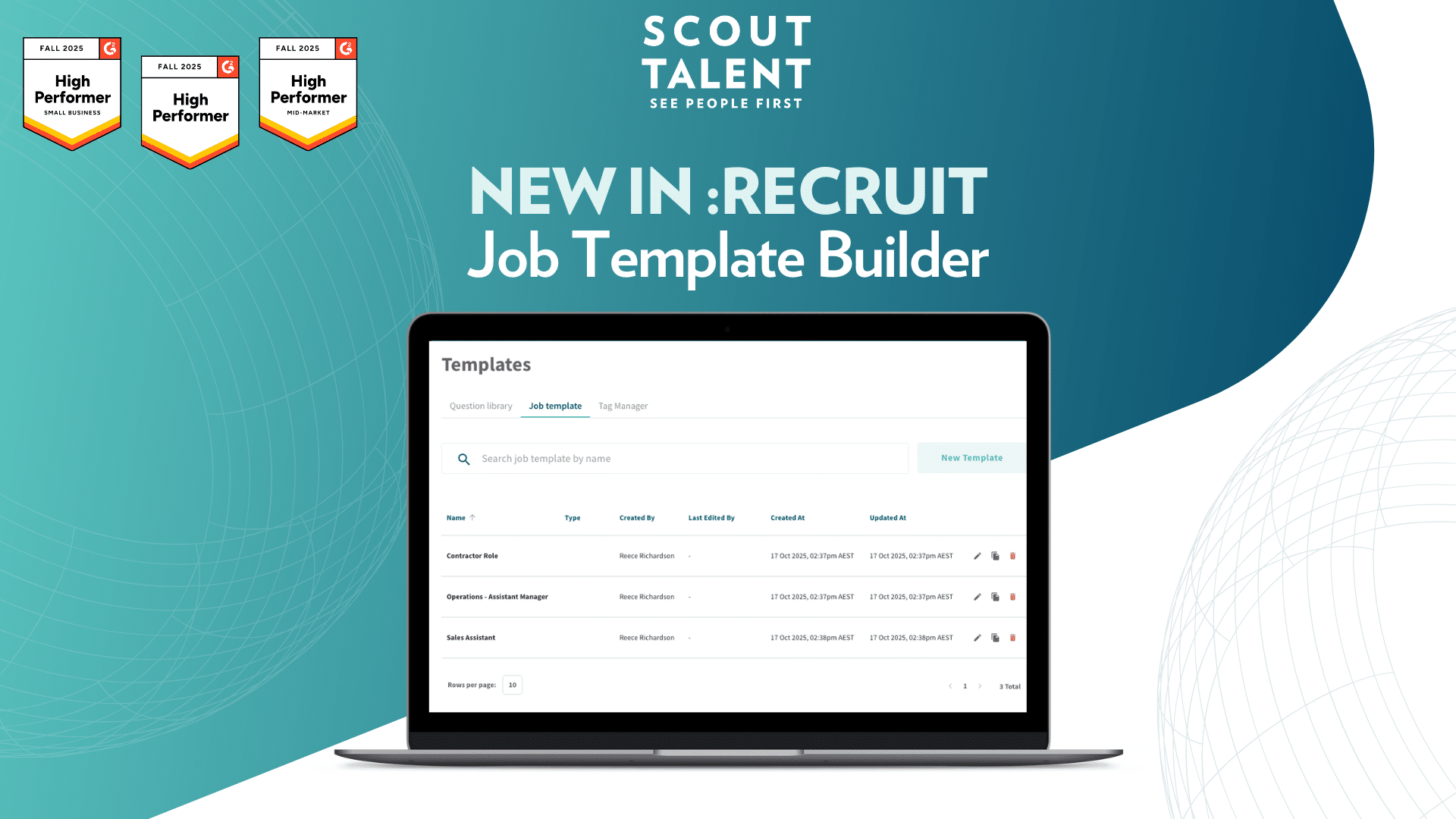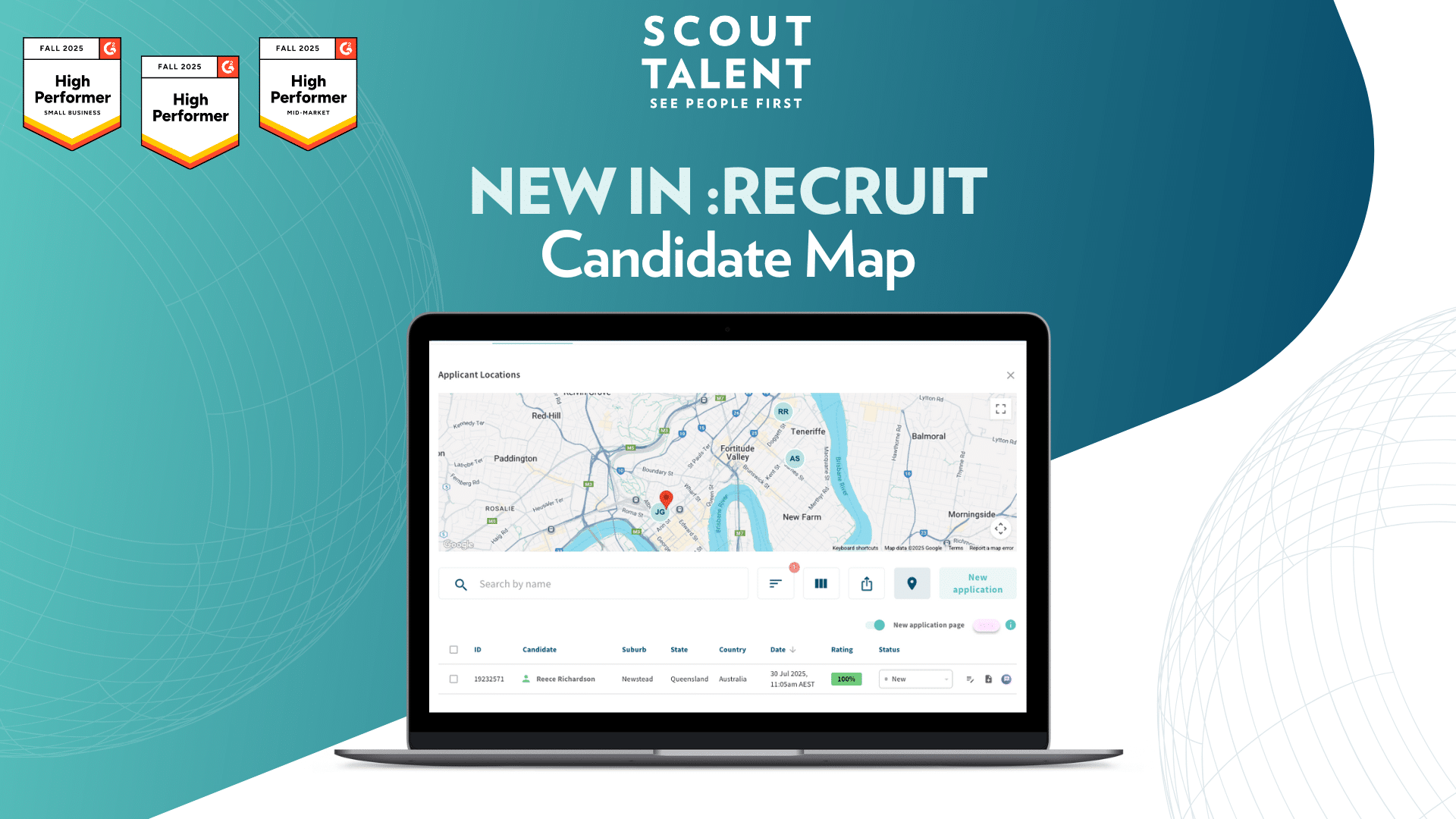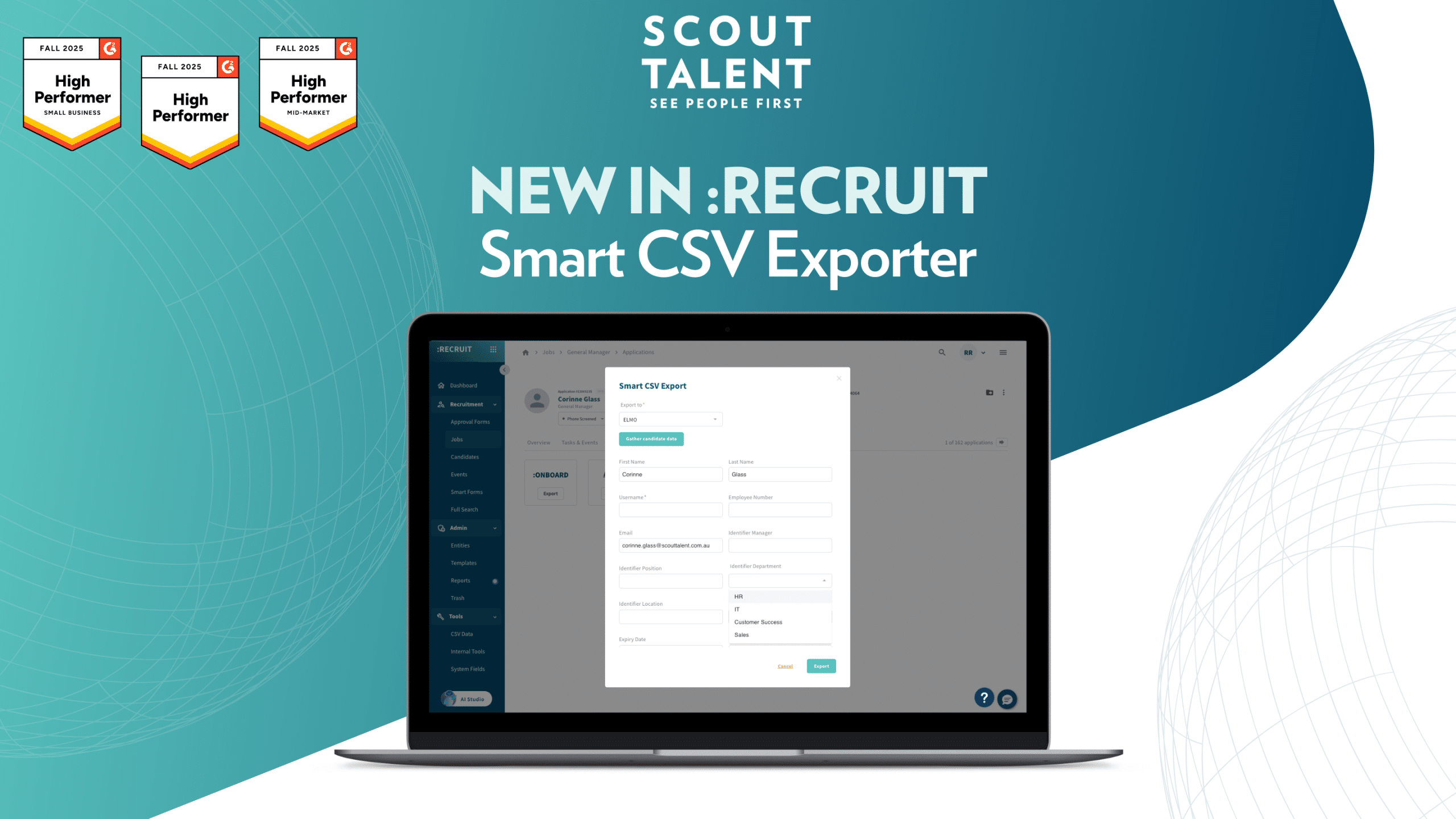High volume recruitment, also known as bulk recruitment, is when an organization uses a single recruitment campaign to hire multiple employees. There are numerous scenarios where an employer might want to recruit in bulk.
Why would an employer want to make so many hires at once?
Seasonal industries
Some employers need to hire on a seasonal basis. For example, the construction industry tends to pick up during the summer months, when temperatures in colder countries start to rise. During the Holiday season, hospitality and retail organizations often see a spike in business and may need to hire new staff fast.
New businesses
Certain industries require a large number of employees to open their doors. For example, hotels, movie theatres or theme parks. A brand new business will want to hire in bulk in order to fill a large number of roles before they open.
Rapid growth
Organizations in a high-growth phase might opt to hire in bulk when they get external investment or go public on the stock exchange.
In the scenarios above, high-volume hiring campaigns might be a businesses’ only option. However, there are some challenges that come along with high volume recruitment campaigns. To help you to put your best foot forward while hiring in bulk, we’ve listed the three challenges you might face, and the solutions you can turn to.
Challenge 1: Getting enough applicants
Whether you’re hiring for 20 or 2,000 employees, you’ll want to hire people who are a good fit. This means you’re going to want a significant group of applicants to choose from.
There are several ways that you can ensure you’re attracting enough qualified applicants to your roles:
-
- Because 65% of applicants browse jobs on their mobile, you need to make sure that your job ad is optimized for mobile.
- Write a simple and clear job description. Check out our powerful job ad copywriting tips to attract the right candidate.
- Make it easy for the jobseekers. According to research conducted by Fountain, 43% of candidates drop off during the application phase. Consider using job board ’Easy Apply’ tools and reducing the amount of information that an applicant has to input.
- Be upfront. Consider including the salary in the job description to avoid losing candidates during the recruitment process. Being transparent means that those that do apply, are actually interested. Read our article The Pro’s and Con’s of Including Salary in the Job Description for more information.
- Utilize your Talent Pool. Your Talent Pool consists of those who have applied to work in your organization in the past. These individuals are already engaged in your brand and much more likely to apply for any open roles – once their Candidate Experience the first time around was good. Consider emailing your Talent Pool and inviting them to apply. (Interested in Talent Pooling? Check out Scout Talent’s article: Why You Should Be Talent Pooling Now)
Still struggling with Talent Acquisition? Read our article: Digital Recruitment Strategies for a Competitive Candidate Market.
Challenge 2: Overwhelming administrative tasks
Even during a routine recruitment campaign for a single role, the admin associated with the campaign can be overwhelming. This includes scheduling, candidate communication, inter-departmental communications and documentation.
There are several ways that you can reduce the number of administrative tasks associated with a high volume recruitment campaign.
-
- Automate, automate, automate: When it comes to the busy world of recruitment, the less manual tasks the better. Luckily, there are several tools available that can help automate tasks. For example, reduce time spent checking references by adopting a tool like XRef or Referoo. For scheduling interviews, let candidates schedule time with you independently using a scheduling tool like Calendly.
- Utilize email templates. Candidate communication can be tedious, but it is a vital part of building an amazing Employer Brand. Put time into drafting amazing candidate emails around your most common messages, and utilize them whenever you can. For more information on how candidate experience affects Employer Brand, read our article on Why A Bad Candidate Experience is Bad For Your Employer Brand.
- Use Screening Questions. Quickly remove ineligible candidates from the recruitment process using screening questions to help reduce the number of applications you need to review.
- Adopt an Applicant Tracking System (ATS). An Applicant Tracking System, also known as a Recruitment CRM, can really help your team to save time. For example, Scout Talent’s software, :Recruit, simplifies the entire recruitment process: from posting to job boards, to candidate screening and communication, to onboarding and data storage – no more tracking your campaigns in a spreadsheet! Learn more about :Recruit here.
Challenge 3: No time to interview all candidates
When you are recruiting for a large number of roles, it might not be possible to interview each candidate individually. This can be a great concern to business owners, and while they can review a candidate’s resume and assess their experience, it can be difficult to get insights into a candidate’s behavior in real-world situations. Employers might be wondering: will this person fit into our company culture? How do they act with their colleagues? Do they have a respectful, can-do attitude?
Luckily there are ways to assess a candidate’s personality and cultural fit without conducting a one-on-one interview:
- Pre-employment testing. There are several types of digital tests that an employer can use to determine if a candidate will be a good fit for their organization. Behavioral testing measures behavioral traits that are correlated with job success and can be very telling when choosing between candidates. Skills testing can also be done, in order to analyze a candidate’s skill level. Scout Talent uses skills and behavioral testing as part of our Talent Engagement service. Get in touch to learn more.
- Group Information and Interview Days (GIID). Also known as Group Assessment Days or Group Interviews, this is a great opportunity to meet several candidates at once, and assess them in a relaxed, yet professional environment. During Group Information and Interview Days, its recommended that you see candidates in a 3 to 1 ratio, meaning that if you want to make 10 hires, you’ll need to invite 30 candidates to the GIID.
Check out Scout Talent’s recent webinar on the topic of Group Information and Interview Days below:
To learn about how Scout Talent can help you in achieving your recruitment goals, please get in touch.
To receive more helpful content, please sign up to the Scout Talent newsletter. Don’t worry, we’ll only send you relevant, interesting information.




